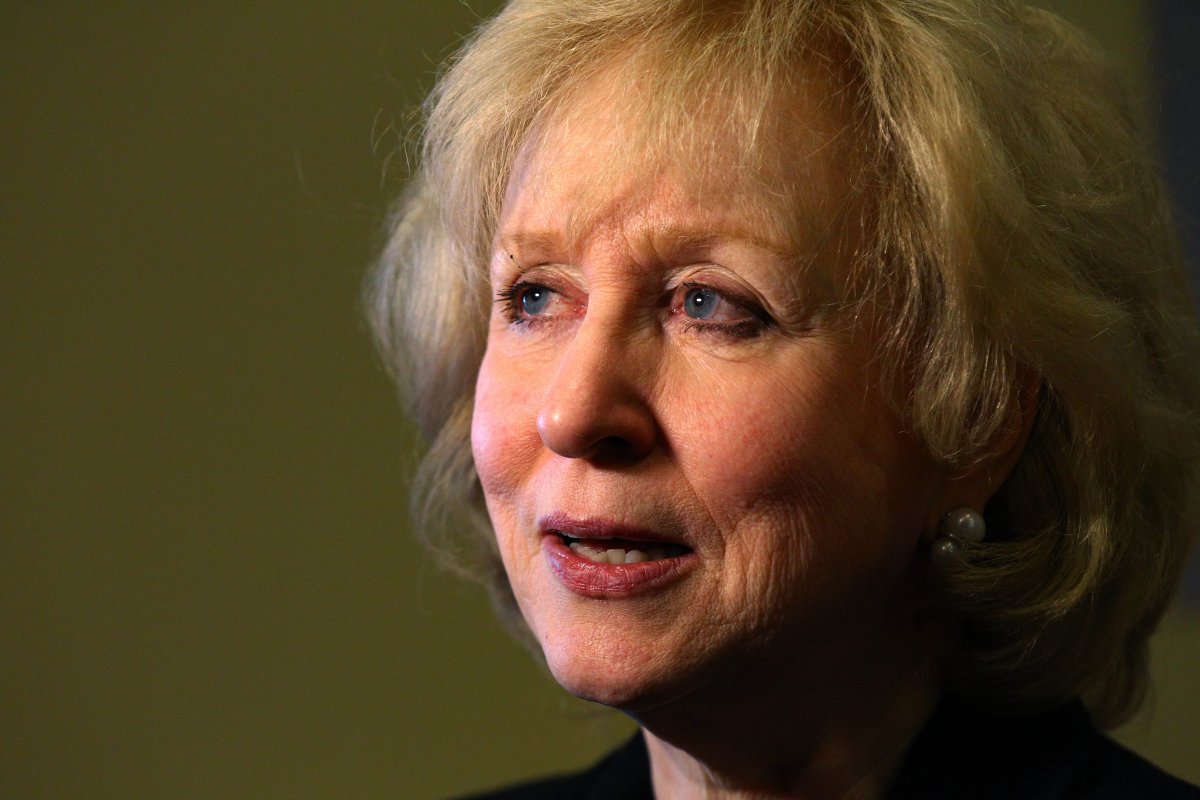It’s been a century since Manitoba women became the first females in Canada to cast ballots.

Three years later, in 1919, all Canadian women were allowed to vote in federal elections. And as they voted, they also started seeking federal office themselves.
Here’s a look back at women in Parliament, what’s changed – and what hasn’t.
More women run for office
Only four women ran when Agnes MacPhail became Canada’s first woman Member of Parliament, in 1921. 533 women ran this past election, making up 30 per cent of candidates.
It’s harder to convince women to run for office, political leaders like Justin Trudeau and Elizabeth May have said. One reason given is Parliament’s adversarial atmosphere. Another, said May, is that women will sometimes say that a party could find someone better.
The number of women running varies quite a bit by party as well.
READ MORE: More women are running in this election than ever
Source: Library of Parliament
More women get elected
Agnes MacPhail remained the only woman in the House of Commons until Martha Louise Black was elected in 1935 – 14 years after MacPhail’s victory.
Since then, the number of women elected to Parliament grew slowly, really taking off in the 1980s. A record number of women – 88 – were elected in 2015.
But even though seats were added over the years, women still only make up 26 per cent of the House of Commons.
Source: Library of Parliament
Men still have better chances
In Canada’s most recent elections, men have been about three per cent more likely to be elected than women.
But Canadian voters are increasingly likely to vote for women, judging by the overall success rate of candidates.
Some academic research has shown that women don’t tend to be nominated in close races – perhaps they should be, as they still manage to win 16.5 per cent of the time, compared to 19.9 per cent for men.
Women’s success rate was higher than men’s in only one election – 1926, when only two women ran, and one got elected.
More recently, the success rate for both men and women was nearly equal in 2000, when Jean Chretien’s Liberals were re-elected.
In general, a candidate’s chance of success has decreased over time, likely because more people are running.
Source: Library of Parliament
Women speak more than men, on average
Once they’re in the House, women aren’t sitting quietly.
A study by the research and advocacy group Samara found that over 54 days in 2012, women punched above their weight, at least when it comes to the number of words spoken in the House.
Women accounted for 31 per cent of the words spoken, though they only represented 25 per cent of the House.
Source: Samara, “House of Words” infographic


Comments